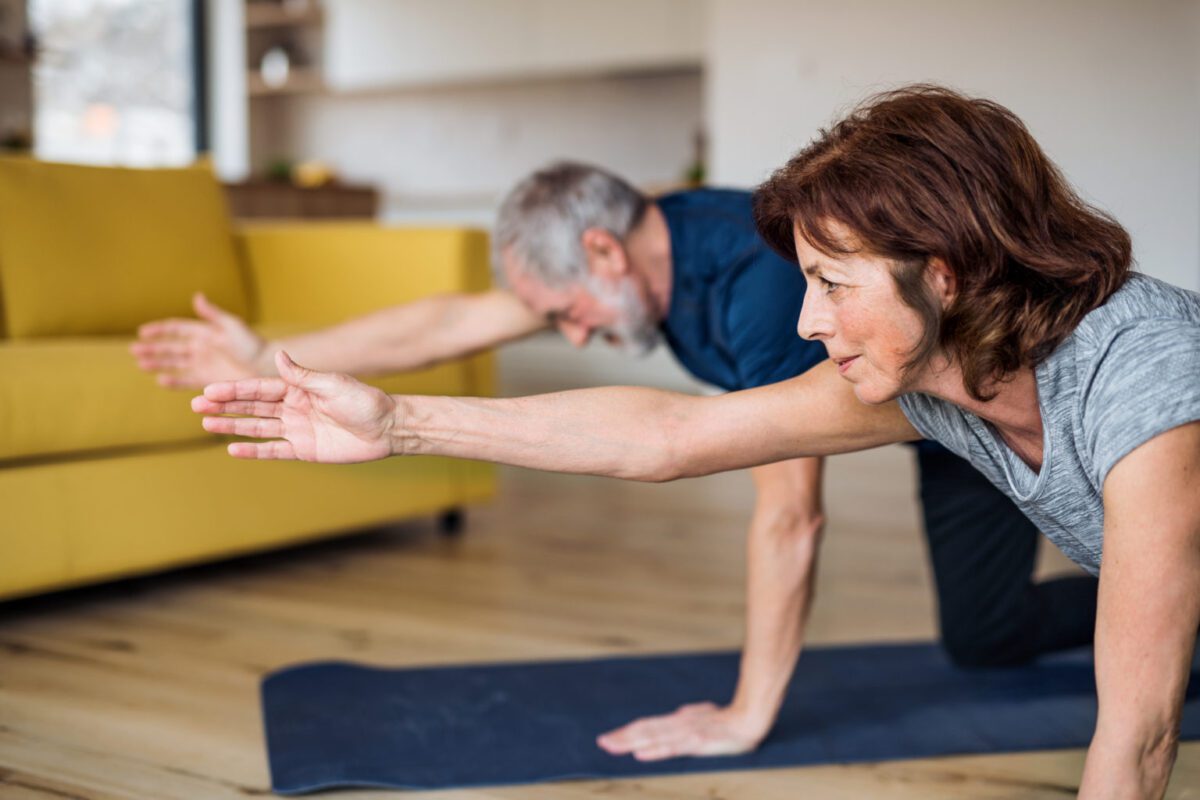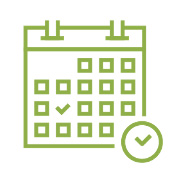How WellSpark Health is Addressing the Coronavirus with our Loyal Customers & Partners
We’re dedicated to Supporting Our Customers & Partners at this Critical Time of COVID-19 Outbreak.
Every day our mission is the same. To tackle the fight against chronic diseases such as diabetes and hypertension so our members can live better and make healthier lifestyle choices. Today, in these surreal times while the world is facing the Coronavirus pandemic, WellSpark Health remains dedicated to supporting our customers and partners who like us are at great risk of becoming seriously ill due to COVID-19. We want to let you know our commitment is to you at this time. You have our support at this critical time in our nation’s health.
The WellSpark Health COVID-19 Response Plan
Here are just a few steps we are taking to support our customers and partners:
Online and Telephonic Health Coaching
Providing online and telephonic health coaching in Connecticut and New York, now with COVID-19 guidance, advice, and grief counseling. WellSpark coaches help to manage diet, exercise, sleep, pain, and stress, while WellSpark nurses provide disease management strategies for those with chronic conditions. However, both coaches and nurses noticed their normal education and coaching sessions got interrupted due to a greater need in COVID-19 related issues. Nurses and coaches are now assisting members by sharing relevant information to help them better understand COVID-19. Members are also learning how to cope with grief and loss and how to encourage self-care, all while continuing to support those managing a chronic condition such as diabetes. WellSpark is also taking care of its members and employees by offering a variety of helpful resources such as eMindful, a mindfulness app for managing mental health, and video content on how to cope during this difficult time.
Worksite Health & Employee Safety Precautions
We look to the CDC for guidance and their current recommendations to protect our employees’ health and safety in these unpresented times. We continue to operate remotely for the time-being. Our team of medical doctors, coaches and nurses along with the WellSpark administrative staff is still available to you at normally scheduled business days and working hours. Our business operations efficiently allow us to work via online or telephonically.
Constant Participant Communications & Engagement
We are in constant communication and engagement with our customers and partners by providing relevant and important up-to-date information. Our team of medical doctors, coaches and nurses continue to support participants either digitally or telephonically with questions they may have. Our participants health and well-ness journey continue to be our priority.
Product & Services Availability
We do not anticipate having any delays, shortages or issues with our portfolio of well-being products and services. Spark Life Worksite Wellness, Diabetes Prevention Program (DPP) and Help 364 Chronic Care Self-Management are still in use by program participants. Medical advice, mentorship and lifestyle coaching are still available to participants telephonically or digitally.
Maintaining a Company Culture of Positivity and Productivity
COVID-19 had us rapidly shift to the way we traditionally work with staff having to work for the first time both at home, and physically separated. While our initial focus will be maintaining our customers and partners, it’s also critically important that we support our staff that have been impacted. We continue to maintain a company culture of positivity and productivity through weekly check-ins digitally and telephonically sharing events and uplifting stories.








